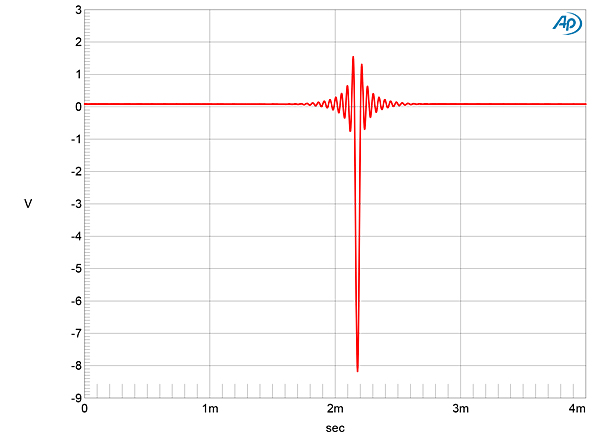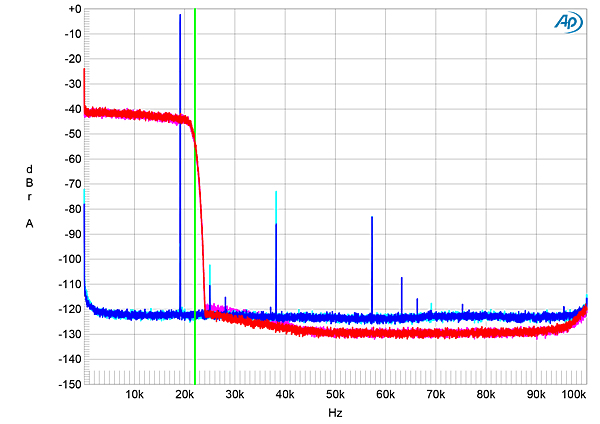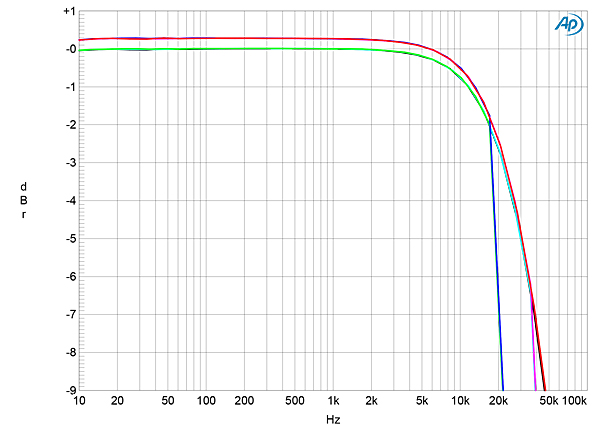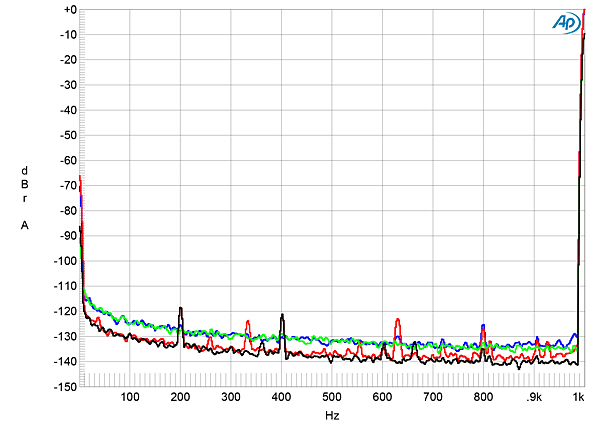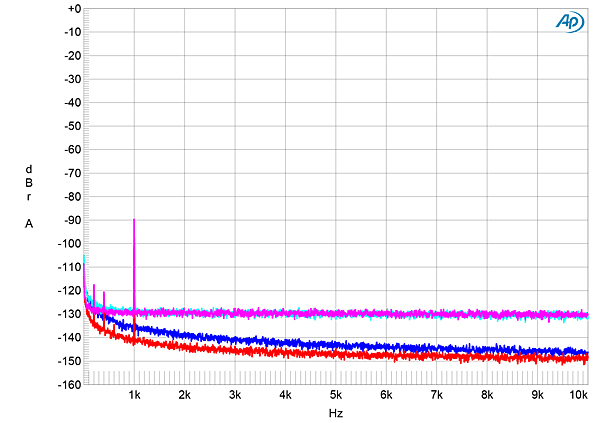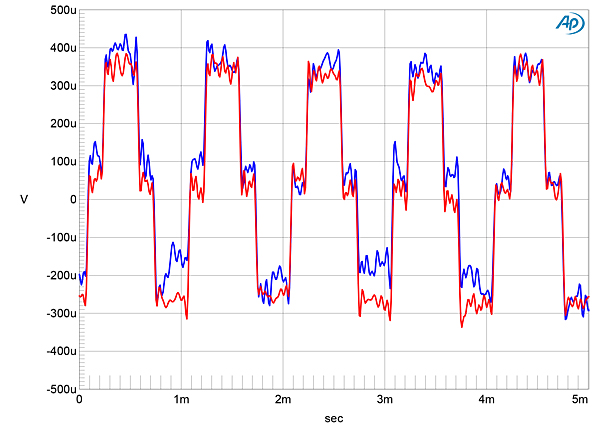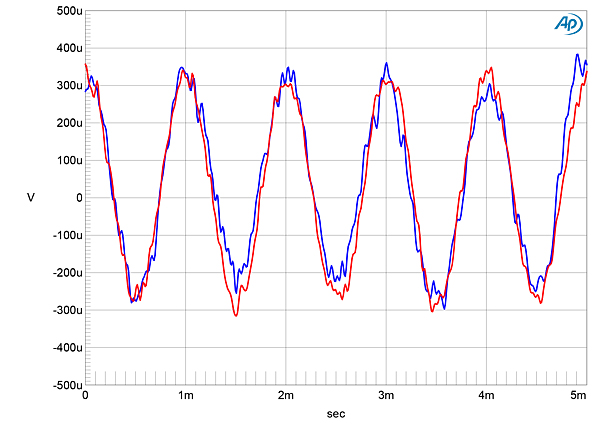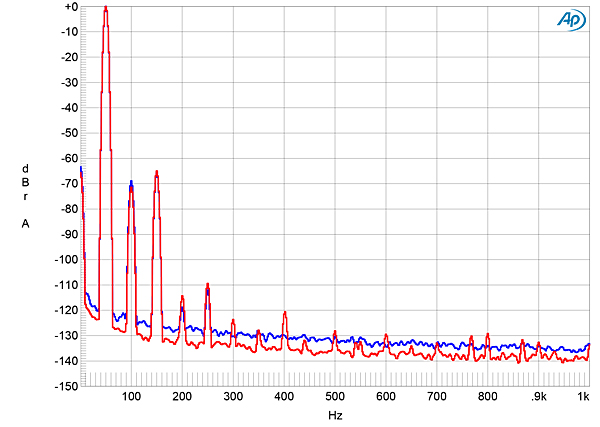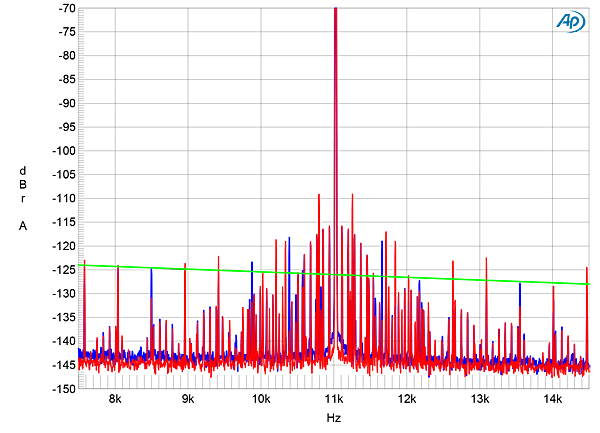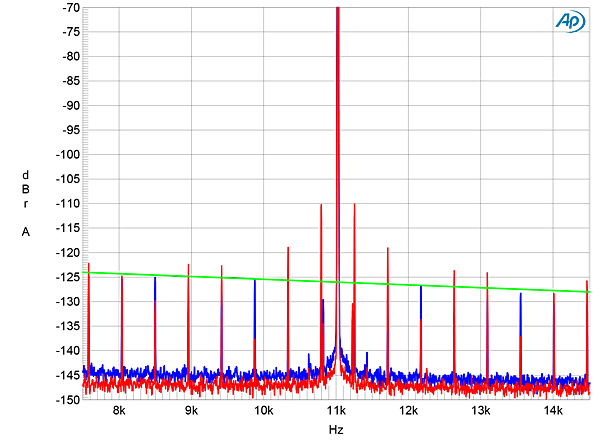| Columns Retired Columns & Blogs |
"where the Jadis left me wanting slightly more is detail."
For a $21k dac, the output impedance today is pathetically high and variable over the frequency range, and the bandwidth also way too rolled off -2db at 18khz already.
Great 20 years ago, but not for today.
Cheers George
